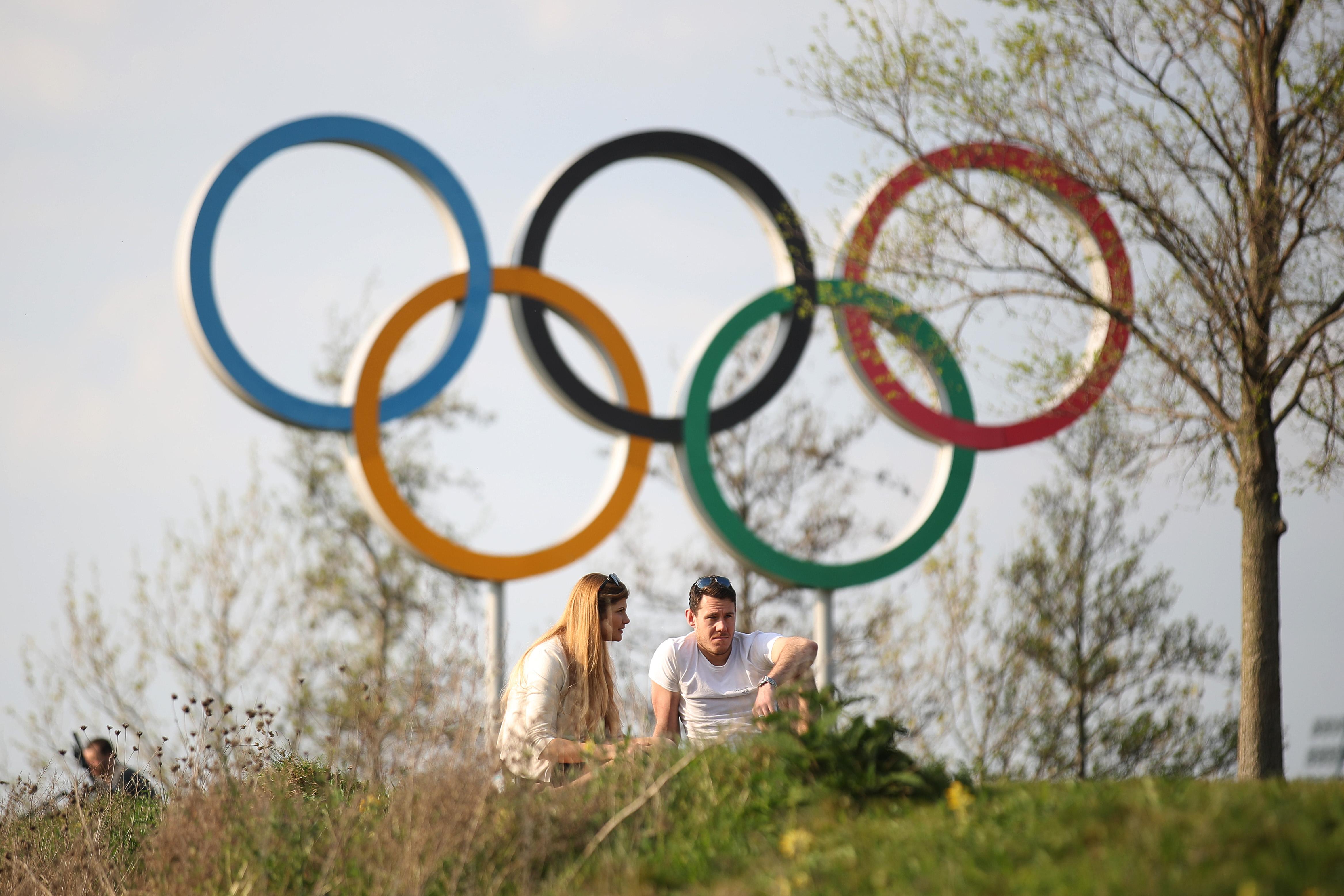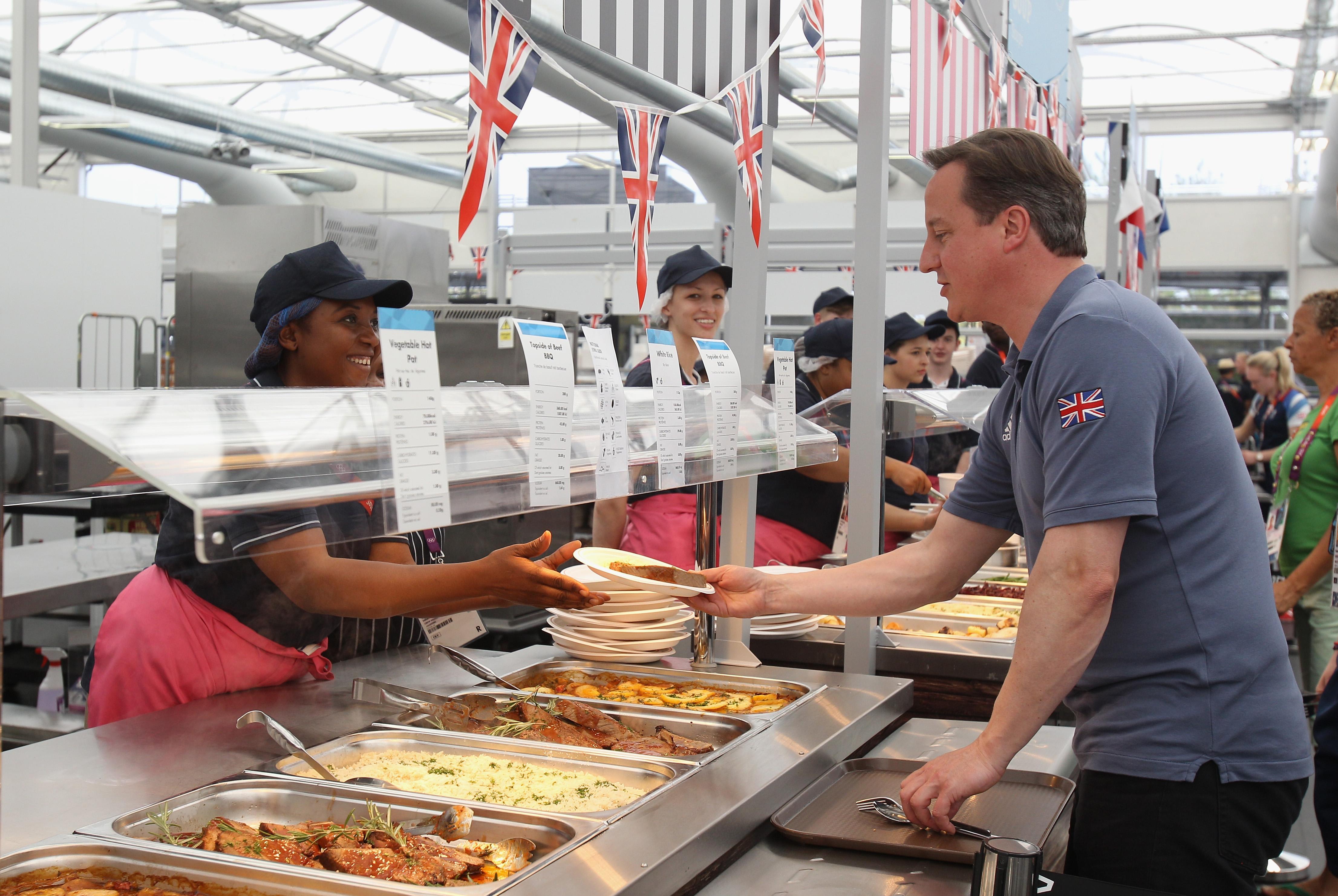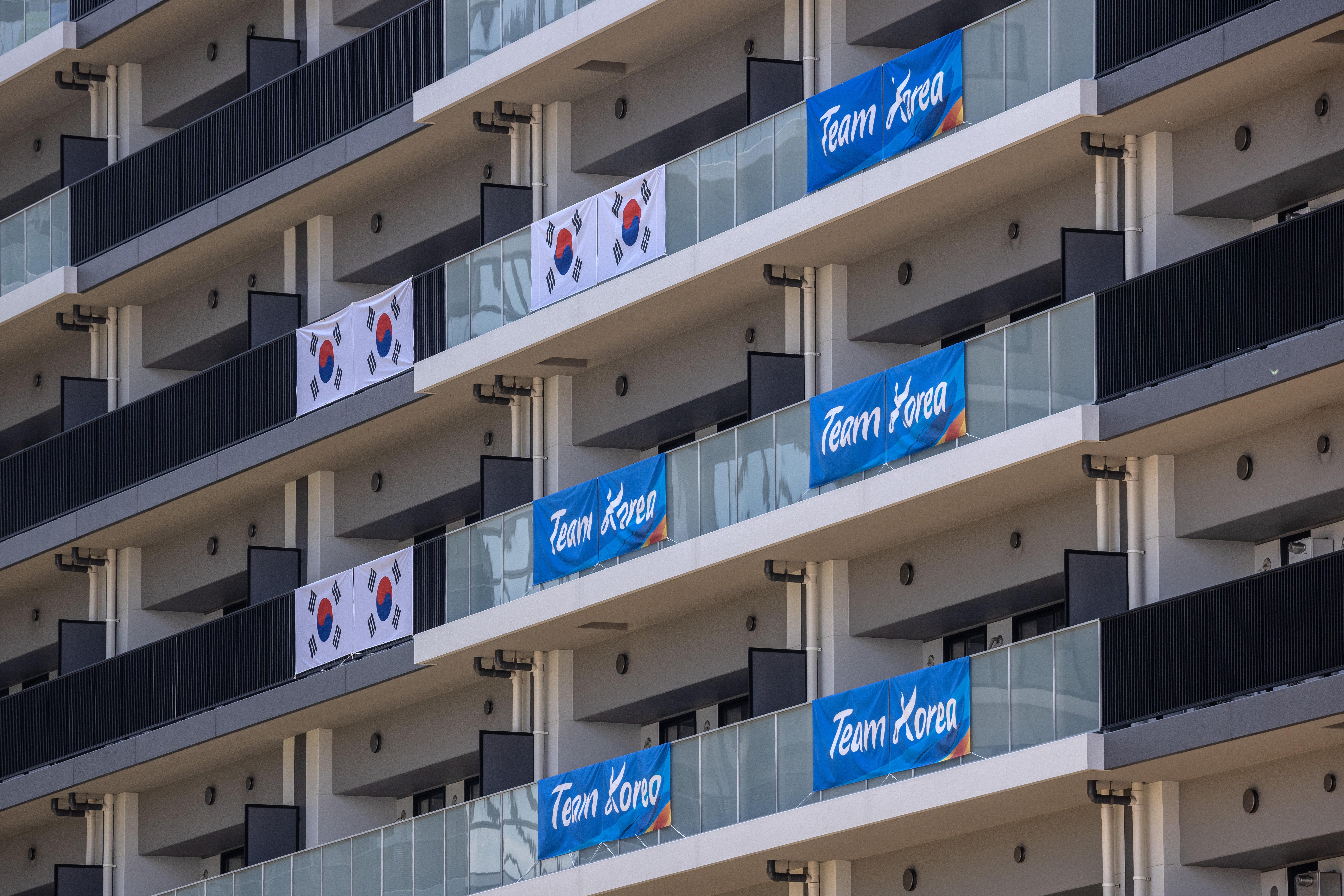The Olympic Village Is Stressing Over the Food Situation Due to COVID-19 Restrictions
Published July 20 2021, 12:58 p.m. ET

For as long as anyone can remember, the Olympic Games have been a staple of world history. Since social media became another staple of the world, Olympic athletes have shared their photos and videos of their time competing in the games. They have also given small glimpses into the Olympic Village, the makeshift “village” the selected city creates for the athletes to live in during their time competing.
With the 2020 Tokyo Summer Olympics rapidly approaching, many are wondering what this year's village is like, including food and beds. We have all the details below!

This year, athletes can only eat in the Olympic Village.
With strict COVID-19 restrictions put into place, athletes cannot venture out of the city to try local cuisine from restaurants, much to the chagrin of the tourism industry. Even in the past with athletes able to try local dining, the task of getting everyone fed was monstrous. This year, it’s amplified.

The senior director of Tokyo 2020’s food and beverage services department, Tsutomu Yamane, told Japan Today, "I feel it's a lot of responsibility for us. We want them to enjoy [Japanese food] ... but it's a major pressure.”

Per Japan Today, the village can host up to 18,000 people at a time, which amounts to around 48,000 meals a day. Olympic Village organizers plan to provide 700 menu options (broken down into three categories: Western, Japanese, and Asian) as well as 3,000 seats. And as Insider reports, the tables all have plexiglass down the middle to help with the spread of COVID-19.
Many athletes are looking forward to certain foods provided by the Olympic Village.
Paralympic swimmer Mallory Weggemann and Olympic biker Alyse Willoughby spoke to Delish about some of their favorite foods provided by the Olympic Village and what they’re looking forward to in Tokyo. While they both said they have pretty strict diets while competing at the games, they do make a few exceptions. “During competition we don’t usually stray too far from the norm because you don’t want an upset stomach, but the omelet station is usually a hit for breakfast,” Alyse said.
One of their favorite things about the Olympic Village food is being able to try all different cuisines. “I am looking forward to trying more food options from other parts of the world; again, based on competition schedules at past Games, I have stuck to foods that are familiar,” Mallory explained.
At the 2012 London Games, it sounds like some athletes were treated to a little fast food post-competition. “Our free McDonald’s binge the night after competition concluded in the London village sure hit the spot...” Alyse said.
The Tokyo Olympic Village has been making headlines for its cardboard beds.
One of the hottest topics of the 2020 Tokyo Olympics has been the bedroom furniture situation. While it might be assumed that Olympic athletes would be snoozing on silk sheets and Sleep Number beds, that is definitely not the case this year. Olympians are actually sleeping on cardboard beds with polyethylene mattresses. Airweave, a Japanese bedding company, provided 18,000 "high resistance lightweight cardboard" beds.
According to Inside the Games, the beds "will be recycled into paper products after the Games, with the mattress components recycled into new plastic products. This will be the first time in Olympic and Paralympic history that all beds and bedding are made almost entirely from renewable materials."
Rumors have been flying that the beds are not for sustainability reasons but to keep the athletes from getting ... cozy with one another. In what was probably a joking tweet, U.S. runner Paul Chelimo posted pictures of the beds on Twitter and wrote, “Beds to be installed in Tokyo Olympic Village will be made of cardboard, this is aimed at avoiding intimacy among athletes.”
Irish gymnast Rhys McClenaghan put that to the test, sharing a video of himself jumping on the "anti-sex" beds at the Olympics. "Apparently they're meant to break at any sudden movements," he said. After showing how sturdy the beds actually are, he deemed the anti-sex bed theory as “fake news.”